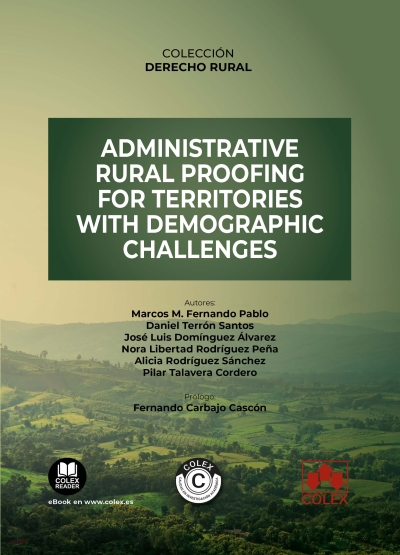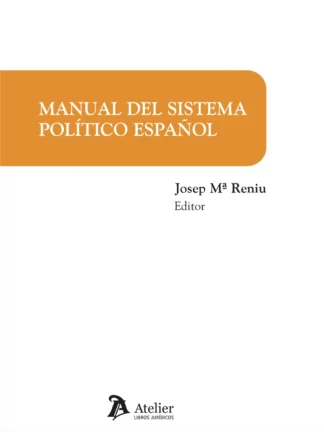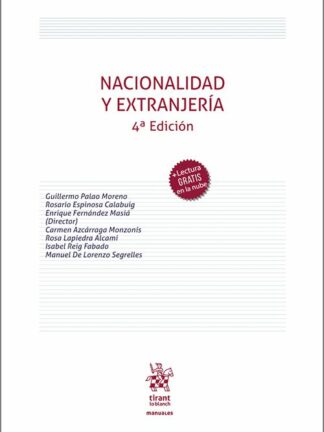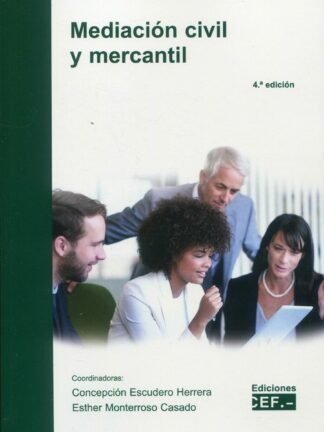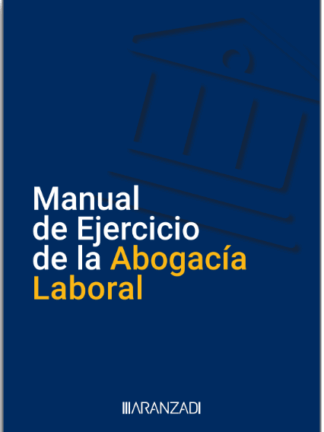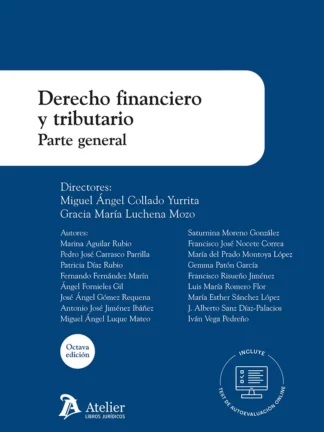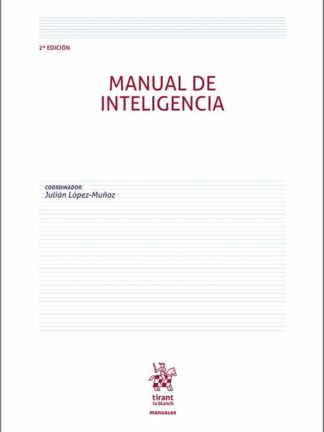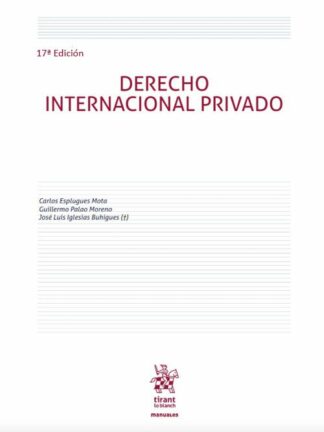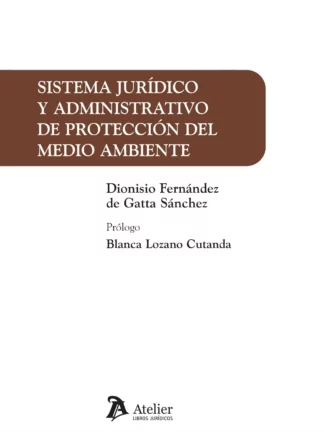Descripción
Administrative rural proofing for territories with demographic challenges
Since the issue of the abandonment of rural territories has been reintroduced into the agenda of national and European public policies,
decisions and rules have been made with an aim that seem to be leading to an entrenchment of the conflict between the interests of the
population that remains in the forgotten areas and the interests of other policies that are strongly anchored in long-term strategies.
The rules in which these strategic decisions are translated clash with territories and communities on which a decrease or a set of rules is
imposed that makes it impossible for traditional activities to develop and adapt to the new times.
Administrative rural proofing for territories In this context, the citizens of remote (or, in popular Spanish terminology, ‘empty’) areas, who observe how other interests prevail over their demands, are confronted with a tide of ‘alien’ rules, imposed, experienced as ‘impositions’ that necessarily generate conflict, just when it seemed that positive discrimination in favour of their particular conditions would have been passed in the context of the ‘European long-term strategy for rural areas’.
Against this backdrop, this collective work aims to provide an study of some of these conflicts, to balance the particular interests of rural territories with the major strategic objectives that mark the institutional agenda, and to vindicate the importance of orienting the actions of public authorities towards the ever necessary restoration of the dignity of rural communities.
INDICE
I.THE DEMOGRAPHIC AND TERRITORIAL CHALLENGE: TRACES OF A PUBLIC POLICY UNDER CONSTRUCTION AND AN INCIPIENT OBJECT OF NORMATIVE REGULATION
II.RETHINKING LAWMAKING AND BETTER REGULATION FOR LEGAL CERTAINTY: THE IMPORTANCE OF REGULATORY IMPACT ANALYSIS
III.ADVANTAGES AND OPPORTUNITIES OF INCLUDING THE DEMOGRAPHIC AND TERRITORIAL DIMENSION IN THE REGULATORY IMPACT ASSESSMENT REPORT
IV.SOME REFLECTIONS ON THE RECENT EMERGENCE OF THE RURAL GUARANTEE SCHEME
V.CONCLUSIONS
VI.BIBLIOGRAPHY

